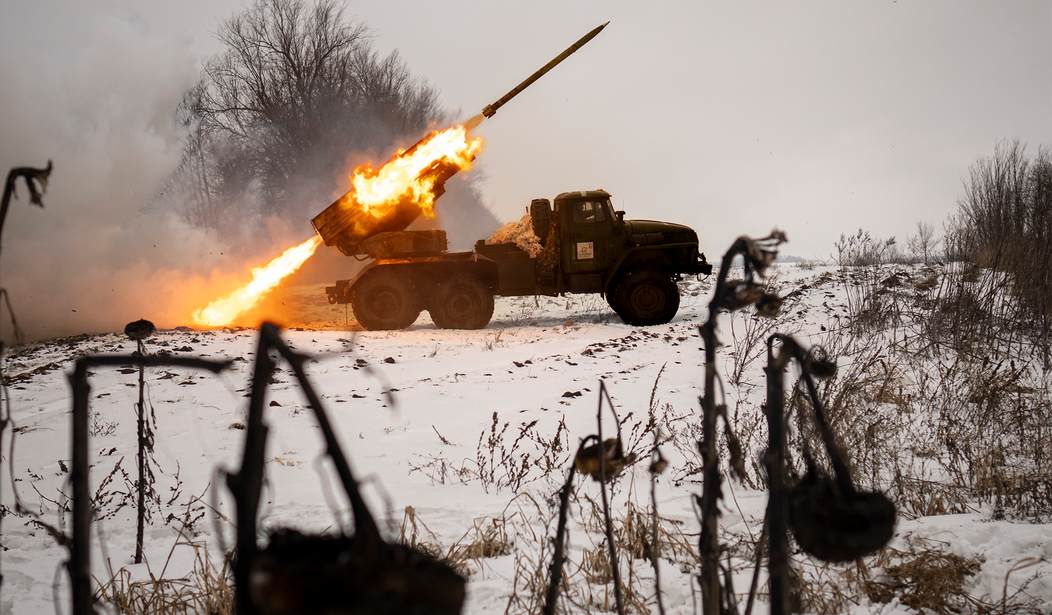Ukraine’s counteroffensive, which began in June, was supposed to win back enough territory that Russia had seized since 2015 to show President Vladimir Putin the futility of trying to absorb Ukraine into the Russian Federation.
There were high hopes at the beginning. An estimated 60,000 Ukrainian soldiers, armed with the latest Western weapons and trained in Germany during the first part of the year, were poised to make lightning breakthroughs along a 600-mile front similar to the success Ukraine enjoyed in retaking Kharkiv in 2022.
But Ukraine ran into a different Russian army than it faced in 2022. The devilishly clever series of defensive trenches and strong points along the front, as well as massive numbers of land mines and creative uses for drones, stymied the Ukrainians at every turn. Kyiv’s losses were extremely heavy. Despite the U.S. urging Ukraine’s generals to maintain the strategy, Kyiv changed tactics and attacked what it perceived as weak points along the front with small groups who would attack the trenches and then work quickly to make a path through the minefields.
It was extremely slow-going, however effective it was. The result was no momentum for the counteroffensive, leading to a failure of the operation — so far.
Ukraine’s immediate problem is that winter is coming in five or six weeks, and any hope of a major breakthrough at that point would be lost. Western analysts point out that there’s still time to achieve many of the original objectives of the counteroffensive. But the perception of failure will eventually be inescapable.
This plan is not working. Despite heroic efforts and breaches of Russian defences near Robotyne, Ukraine has liberated less than 0.25% of the territory that Russia occupied in June. The 1,000km front line has barely shifted. Ukraine’s army could still make a breakthrough in the coming weeks, triggering the collapse of brittle Russian forces. But on the evidence of the past three months, it would be a mistake to bank on that.
Whatever brittleness there was in Russian troops has largely disappeared behind superior defensive fortifications. As armies discovered in World War I, even poor soldiers fight well when behind good works.
With the failure of the counteroffensive, Ukraine and its Western partners are going to have to plan for a long, bitter, war of attrition. This is a war that Ukraine could easily lose without a change of tactics. And that means economic as well as military changes.
Ukraine’s soldiers are exhausted; many of its finest have been killed. Despite conscription, it lacks the manpower to sustain a permanent large-scale counter-offensive. It needs to husband resources, and to change the game. New tactics and technologies can take the fight to Russia. Ukraine’s tech-savvy entrepreneurs are ramping up drone production: Ukrainian drones recently destroyed Russian warships; its missiles seem to have damaged a big air-defence system in Crimea. Many more strikes are likely, to degrade Russia’s military infrastructure and deny its navy sanctuary in the Black Sea. Don’t expect a knockout blow. Russia has also scaled up its drone production. Still, Ukraine can hit back when Russia bombs it, and perhaps even deter some attacks.
Alongside this offensive capability, Ukraine needs to boost its resilience. As well as heavy weaponry, it needs help with maintenance to sustain a multi-year fight: humdrum repairs, reliable supplies of artillery and training. More than anything, a long war requires better air defence. Ukraine cannot thrive if Russia blasts infrastructure and civilians with impunity, as it has for the past 18 months.
Air defenses and drone development will be critical. Ukraine’s homegrown technology centers vastly outshine Russia’s foreign-bought tech and could be a difference maker in the long haul.
As for rethinking the economy, right now, Ukraine is in the fantasy stage — imagining what all those Western development funds will mean after the war. But in a long conflict, a far more mundane strategy is needed.
Even as the war continues, Ukraine’s economy needs to move away from relying on aid and towards attracting investment. Ukraine has a lot of potential, whether it’s producing more weapons or processing more of the agricultural produce it grows. The challenge is to entice more local and foreign businesses to invest and to encourage more Ukrainians to return to the country’s western, safer regions.
It’s a good bet that any effort to carve out a separate economic island will be met by Russian bombs and artillery. Putin isn’t going to give Ukraine a chance to breathe. Just because Western Ukraine is relatively peaceful now doesn’t mean anything if Kyiv begins to build factories and other industrial capacity and Putin decides to level it.
As always, the threat of nuclear war and direct U.S. involvement in the war is ever-present. Congress should take this into account when debating the next Ukraine aid bill. Are we going to give Ukraine enough to win a war with Russia but avoid direct involvement? If not, are we prepared to live with the consequences of Russia dominating Eastern Europe again?










